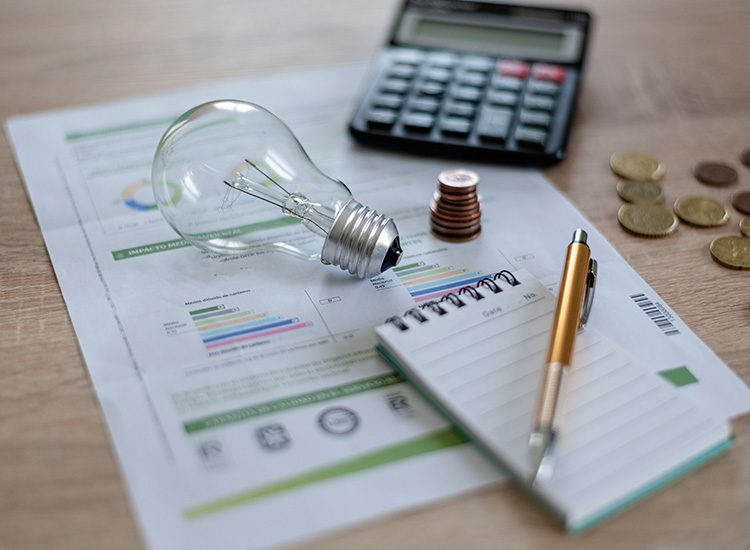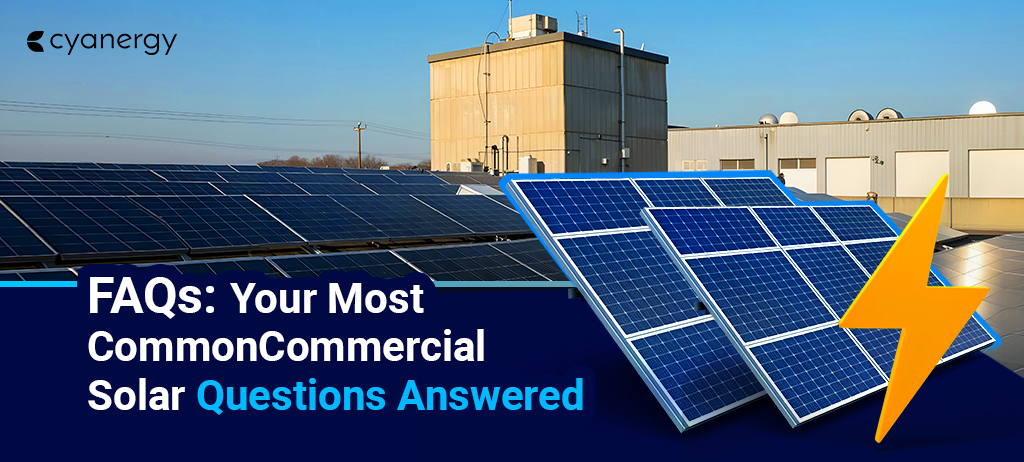Properly understanding your energy bill is an important part of the process when it comes to lowering your energy bill. Starting with figuring out the average daily usage of electricity to pinpointing problem areas, understanding your energy bill will help you in the long run. Either you are a homeowner or a business owner, in both scenarios this is crucial.
Let’s get to learn all about it.
How To Read Your Energy Bill
Reading an energy bill in Australia can be confusing, but it’s important to understand the charges and fees to manage your energy usage and keep costs down. Here’s a step-by-step guide on understanding your energy bill:
Check the billing period: The billing period will show you the start and end dates of the billing cycle for which you are being charged.
Review the account summary: This section will provide you with a summary of your account, including your account number, customer name and address, and any outstanding balance.
Check the usage summary: This section will show you how much electricity you’ve used during the billing period and the corresponding charges.

Look at the supply charge: The supply charge is a fixed daily fee charged by your energy retailer to cover the costs of maintaining the energy grid and delivering electricity or gas to your property. It’s usually shown as a separate line item on your bill.
Check the usage charge: The usage charge is the variable charge for the amount of energy you use. It’s calculated based on the number of kilowatt-hours (kWh) or units of gas you consume during the billing period.
Look for any discounts or concessions: Your energy retailer may offer discounts or concessions, such as pay-on-time discounts or concessions for pensioners or low-income households. These will be shown as separate line items on your bill.
Check for fees and charges: Your energy bill may include additional fees and charges, such as late payment fees, meter reading fees, and disconnection or reconnection fees. It’s important to understand these fees and charges, as they can quickly add up and increase the cost of your bill.
Check the total amount due: The total amount due is the sum of all charges, including the supply charge, usage charge, discounts and concessions, and any fees and charges.
Review the payment options: Your energy bill will provide you with payment options, including the due date and how to make payment.
If you’re unsure about any charges or fees on your energy bill, contact your energy retailer to discuss them. They should be able to explain the charges and help you understand your bill better. One of our energy experts can also help you understand the process.
Solar PV billing Credits and Offsets – How Does it Incorporate in the Bill
In Australia, households and businesses with solar PV systems can receive billing credits and offsets for the excess energy they generate and feed back into the electricity grid. This is known as a feed-in tariff (FIT), and it varies depending on the state or territory you live in.
Here’s how solar PV billing credits and offsets work in Australia:
Feed-in tariff: The feed-in tariff is the rate at which your energy retailer will pay you for the excess energy your solar PV system generates and feeds back into the grid. This rate varies depending on the state or territory you live in and the date your solar PV system was installed. Some states and territories also offer different feed-in tariff rates for different sizes of solar PV systems.
Exported energy: The energy your solar PV system generates and feeds back into the grid is known as exported energy. This energy is measured by your electricity meter, which records the total amount of electricity you import from the grid and the total amount you export back to the grid.
Billing credits: The billing credits you receive will depend on the feed-in tariff rate and the amount of exported energy you generate. The credits will be deducted from your total energy bill, reducing the amount you need to pay.

Net metering: In some states and territories, households and businesses can benefit from net metering, which allows them to offset the cost of their electricity usage with the excess energy they generate and feed back into the grid. This means that if you generate more energy than you use during a billing period, you won’t receive a bill and may even receive a credit on your account.
Time-of-use tariffs: Some energy retailers offer time-of-use tariffs, which vary the price of electricity depending on the time of day. If you have a solar PV system, you can benefit from these tariffs by generating and exporting energy during peak periods, when the price of electricity is higher, and using energy during off-peak periods, when the price is lower.
There may be several use charges included on certain invoices. For instance, a time-of-use tariff can have various consumption fees for various time periods. They are often known as:
- peak (charged during high-energy consumption hours, often weekdays from 4pm to 8pm)
- shoulder (charged between peak and off-peak hours)
- off-peak (paid at the lowest rate, often weekdays and weekends from 10pm to 7am)
You need a smart meter in order to benefit from time of use tariffs’ peak and off-peak use periods. It’s a good idea to have a backup plan just in case. Just the consumption fee element of your energy account is subject to a time of use tariff. Only if you have specifically decided to do so, should you be on a time-of-use energy tariff.







